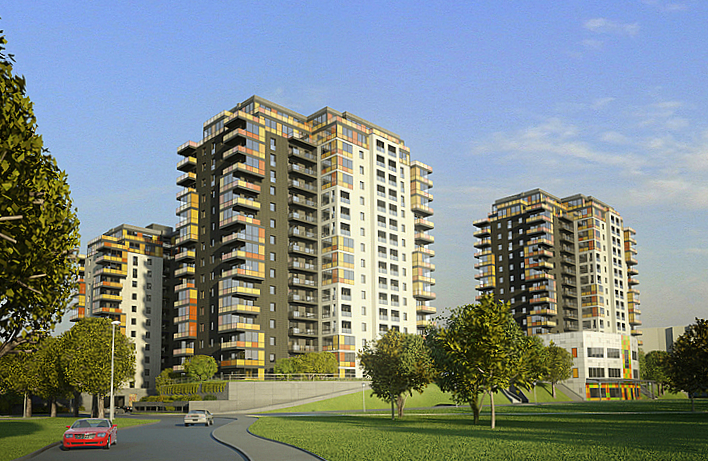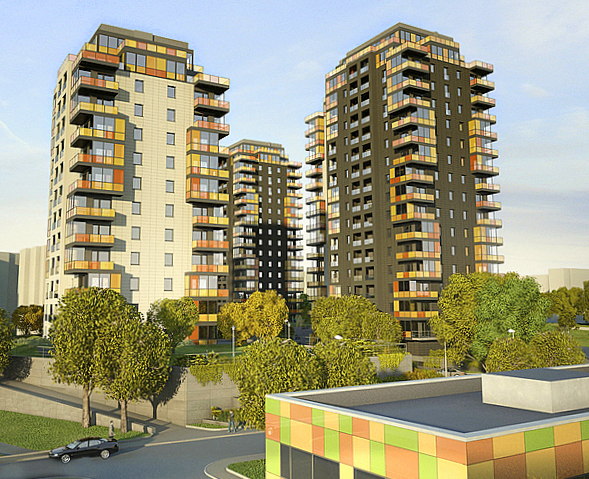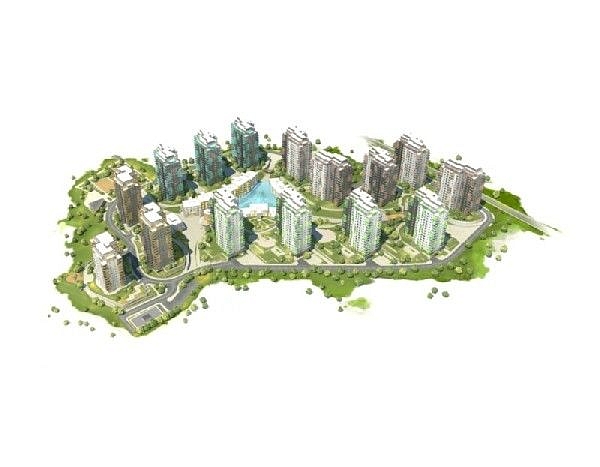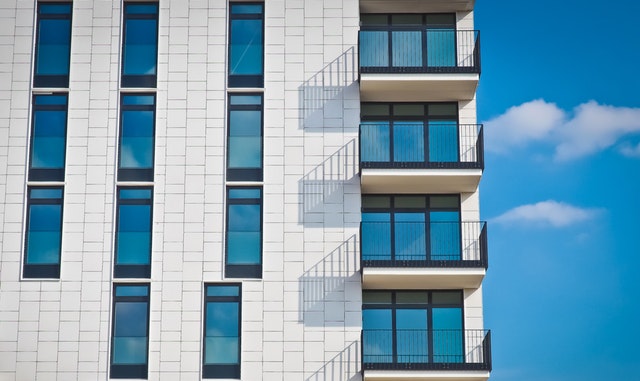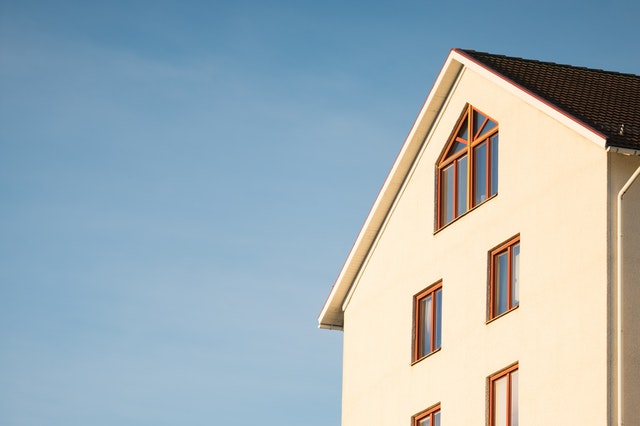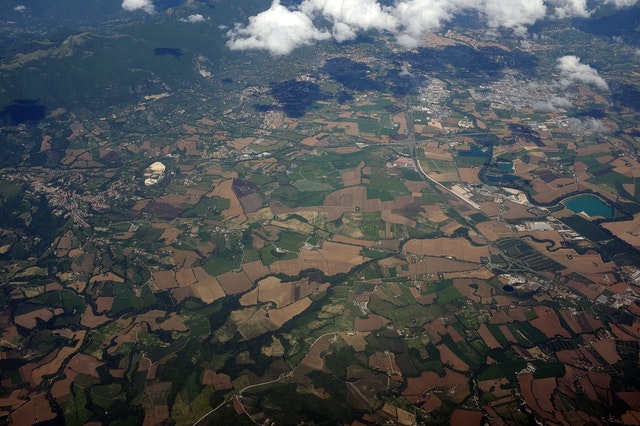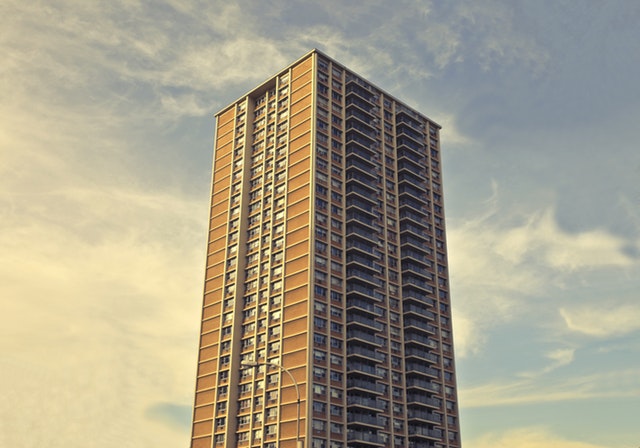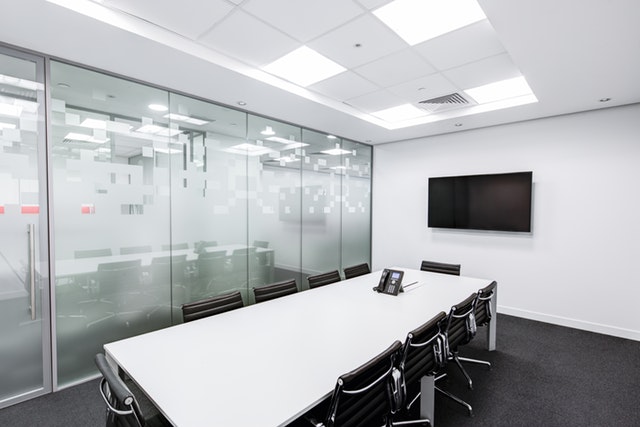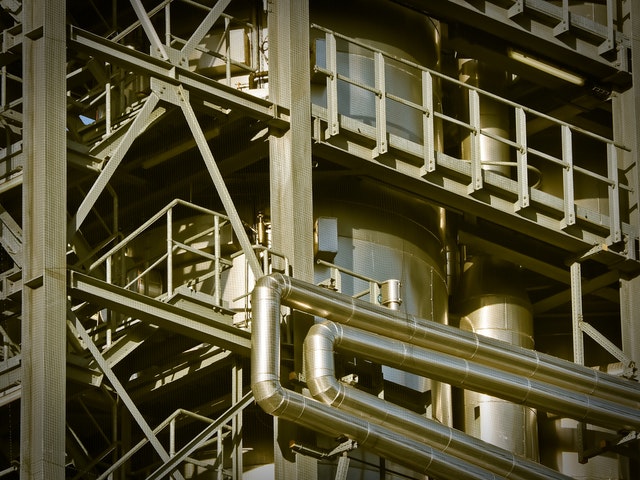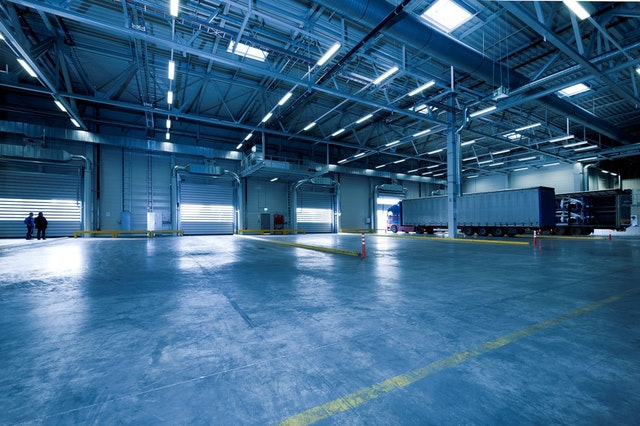Riga city microdistrict: Pļavnieki.
Pļavnieki is one of the newest microdistricts of Riga, located in the eastern part of Riga. Until the addition of this region to the territory of Riga in 1974 and the construction of the Soviet era, only agricultural land areas, or simply meadows, spread here, which explains the origin of the name Pļavnieki. In 1980, during the planning of the new residential complex that meets the standards of Soviet life, only open fields that belonged to Stopiņi parish spread here. Construction started in 1985. In construction, mainly nine-story houses of the 602 series of large panels are used, which are “refreshed” by some lower residential buildings of panels and bricks and small structures made of glazed bricks of different colors – cafes, kiosks, etc. The micro-district is intended for accommodation of approximately 60,000 inhabitants. The northern border of Pļavnieki – Augusta Deglava street – the introduction of the new high-speed highway Riga-Moscow, built with the most visually and functionally successful houses of the 119 series.
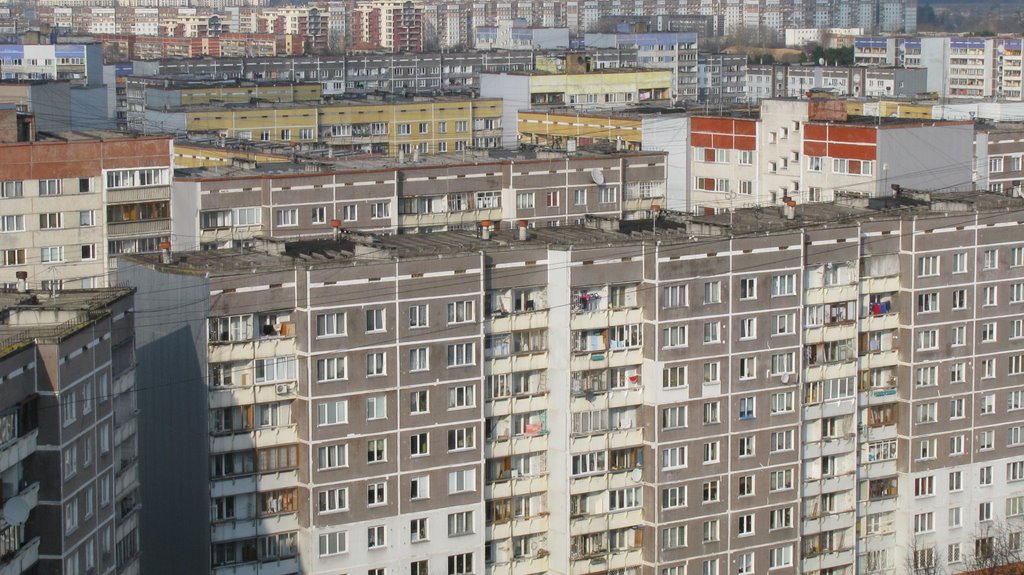
However, Pļavnieki is in a way a clear example of the gap between the good intentions of architects and the sloppy technical execution of builders, which grew with the demise of the Soviet Union. This applies both to the road surface, which is often made too thin, as well as to the forgotten thermal insulation, dubious plumbing and drainage in buildings. Thus, now the city of Riga must invest excess funds in the elimination of the construction barriers of the recent past 20 years.
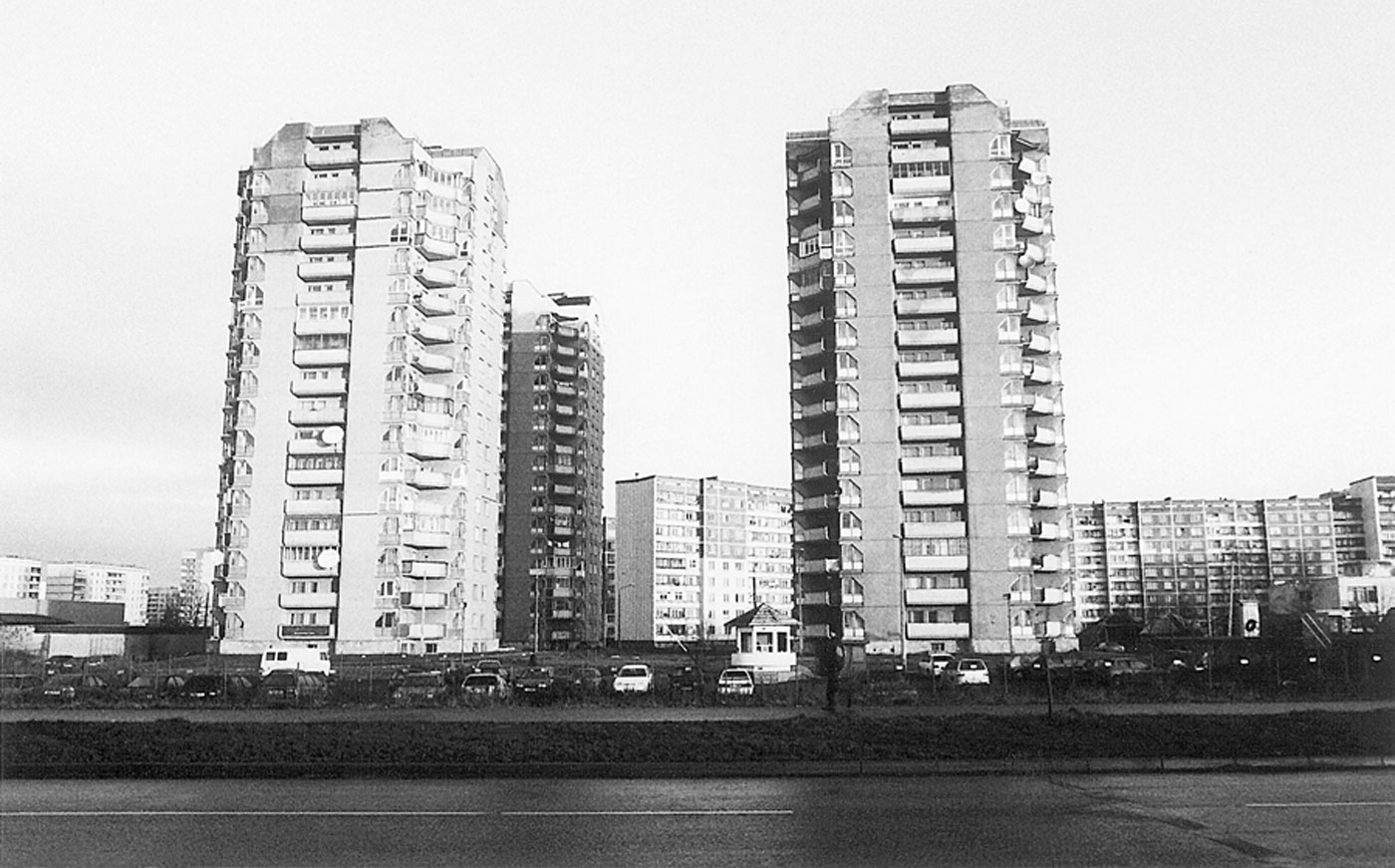
Pļavnieki is also interesting for developers of new residential building projects, and projects have already found a place in its dense construction: Soleville on Ulbrokas Street is considered the largest project planned to be developed in Pļavnieki in the future – its developers intend to build 2,600 apartments, four kindergartens, a health center and several shops. It is the most ambitious real estate project in Riga since Latvia regained its independence.

